Invasive species are unwanted plants or animals on your land. They can easily invade your woods and displace, kill, or out-compete native species. Over time, they significantly reduce the quality and integrity of your woods. For example, if tree seedlings are unable to compete with invaders, what will that mean for the future of your woods?
Find out if your land is in a region threatened by invasive species, and if you qualify for funding for invasive removal.

Typically, invasive plant species are plants that are not native to the region and spread rapidly because there are no diseases to keep their populations in check. In other words, they are not playing by the rules. Their skyrocketing populations can significantly change your land.
Invasive species can also be native, but their populations have become over abundant because of past or current land use. In Wisconsin, for example, Ironwood and prickly ash are of native plants that may be locally abundant to the point of interfering with other parts of your woods. About 42 percent of the species on the federal Threatened or Endangered species lists are at risk primarily because of invasive species.
There are pockets across the united states be higher risk for invasive species growing in the forest. If unchecked, invasive species can spread quickly - impacting both property values and habitat vital to forest health in the long term. Luckily, our partners from The Aldo Leopold Foundation, American Forest Foundation, My Wisconsin Woods, and Wisconsin Department of Natural resources have come together to provide support in removing invasives on your land. To find out if your forested land is eligible for a free visit from a forester and funding to remove invasive species from you land, click here.
Looking for a field exercise to help prevent invasive plant species on your own?
Monitor the health of your land. In early spring or late fall, walk your property to look for invasive plants. Many invasive plants green up early in spring or hold their leaves late into fall. These can be great times to look for invasive plants on your property - they usually stand out. Invasives are usually brought into new areas by people or wildlife, so make sure to check thoroughly along walking paths and animal trails.
In Wisconsin, invasives are classified into non-woody plants (garlic mustard), a small tree (buckthorn), a shrub (honeysuckle), and a disease (oak wilt). Here are a few common ones to look out for.
Garlic Mustard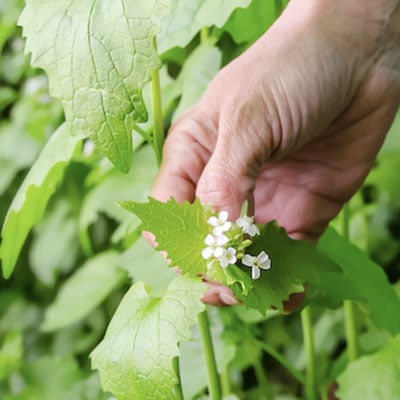 |
Buckthorn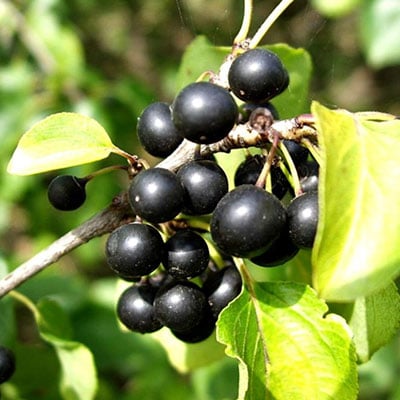 |
Bush Honeysuckle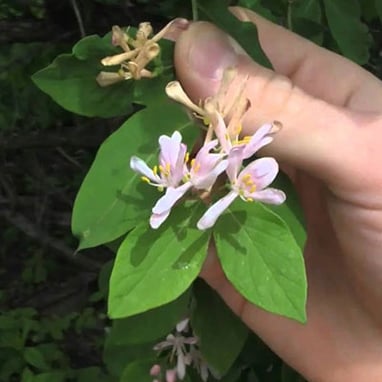 Photo: WI EDU Photo: WI EDU |
Oak Wilt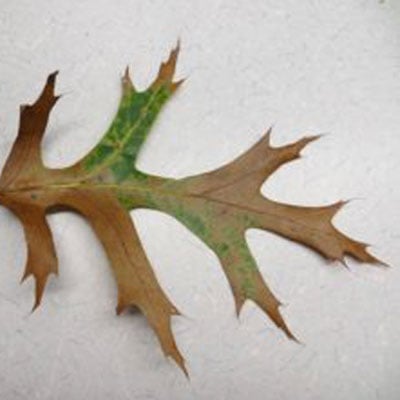 Photo: William McKnee, WI DNR Photo: William McKnee, WI DNR |
If you are looking for a full list of invasives in your region, visit : Wisconsin, Oregon, Alabama, California
Check out this great video provided by The Nature Conservancy


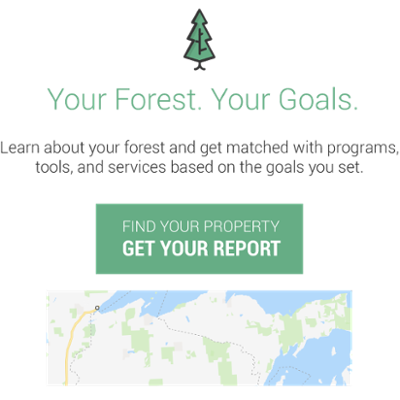

We want to hear from you.